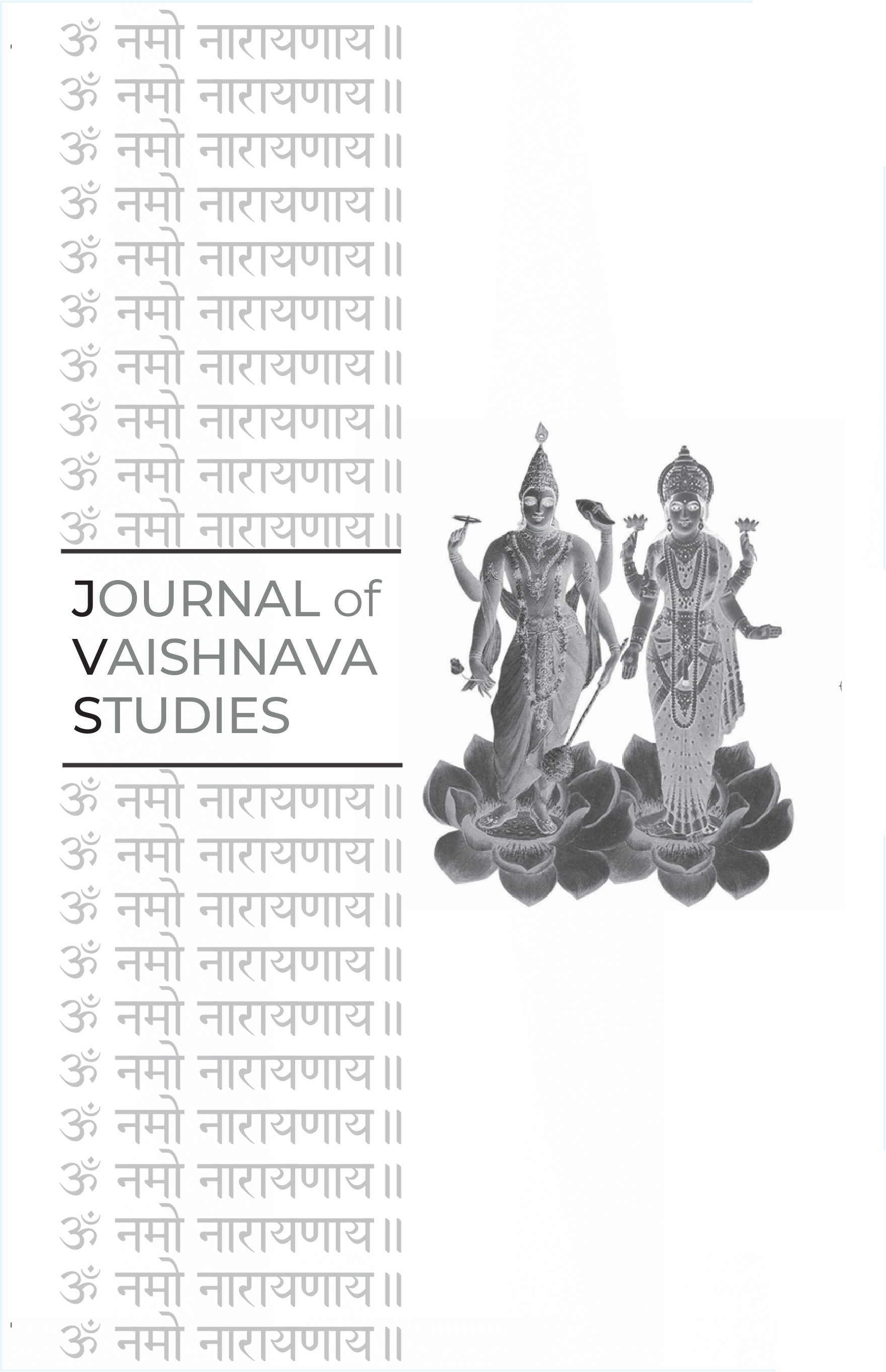Chaitanya Vaiṣṇava Perspectives of the Bengali Khol
Keywords:
Bengali khol, Caitanya Vaiṣṇavism, kīrtana percussion, nāma-saṅkīrtana, devotional drumming, bhāva, aural theology, bols, ritual embodiment, musical transmissionAbstract
Eben Graves examines the religious, musical, and ritual significance of the Bengali khol—a clay-bodied, double-headed drum—in the context of Caitanya Vaiṣṇava kīrtana. Rather than treating the khol as a mere accompaniment instrument, Graves situates it as a central devotional medium, integral to the embodied expression of nāma-saṅkīrtana. Drawing on ethnographic fieldwork and close engagement with performers and guru lineages, the article explores how the khol’s rhythms are perceived by practitioners not only as musical structures but also as vehicles of divine emotion (bhāva) and theological meaning. Graves highlights the teacher-disciple transmission of mnemonic syllables (bols) used to encode drum patterns, showing how these form a kind of sacred lexicon through which rhythmic devotion is cultivated. By examining performance practice, training methods, and theological framing, the article reveals how the khol serves as both an aural theology and ritual embodiment—resonating with the heartbeat of Gauḍīya Vaiṣṇava spirituality.Published
2009-06-20
Issue
Section
Articles





